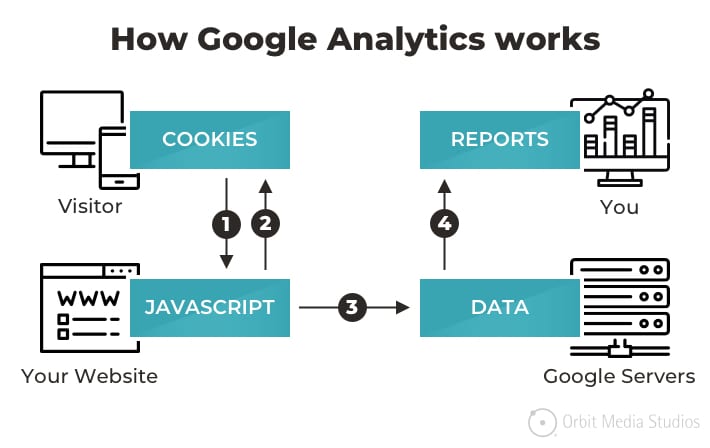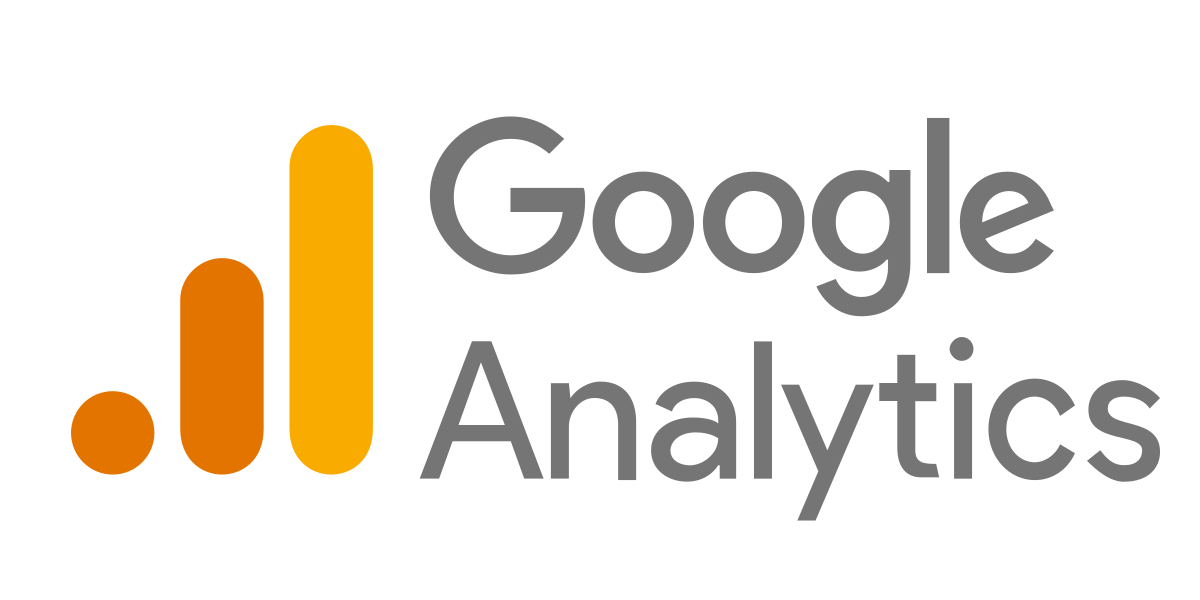When Does the Google Analytics Tracking Code Send an Event Hit to Analytics? Timing and Best Practices Explained
When Does the Google Analytics Tracking Code Send an Event Hit to Analytics? Timing and Best Practices Explained
Blog Article
Master Internet Site Insights With Accurate Google Analytics Tracking Code
The reliable application of Google Analytics pivots on the accurate execution of its tracking code, a fundamental step often overlooked by internet site owners. What are the common challenges that could undermine your tracking efforts, and exactly how can you ensure precision in your approach?
Comprehending Google Analytics Basics
Google Analytics is an essential tool for web site owners and online marketers, supplying invaluable insights into customer actions and site performance. At its core, Google Analytics gathers information regarding visitors to a web site, enabling customers to evaluate metrics such as web traffic resources, customer involvement, and conversion rates. Recognizing these principles is vital for optimizing a web site's efficiency and enhancing customer experience.
The system employs cookies to track communications, videotaping data such as web page sights, session periods, and bounce rates. This information is aggregated and provided with customizable control panels, enabling users to picture trends with time. Trick efficiency signs (KPIs) can be checked, such as the complete number of users, new versus returning site visitors, and the geographical distribution of the audience.
Furthermore, Google Analytics provides division attributes, allowing users to separate specific traffic sources or user demographics for more targeted evaluation. By mastering these fundamental components, site owners can make enlightened choices regarding web content strategy, marketing campaigns, and total site improvements. Inevitably, recognizing Google Analytics essentials is vital for leveraging information to drive development and achieve business goals successfully.
Establishing Your Monitoring Code

Copy the provided tracking code and paste it into the HTML of your website. This ensures that the monitoring code lots prior to any kind of various other web content, allowing it to catch data properly.
After installment, validate that the monitoring code is working properly by using Google Tag Aide or the Real-Time reports in Google Analytics - when does the google analytics tracking code send an event hit to analytics?. This step is necessary to verify that your information collection is exact and energetic, setting the structure for insightful analysis
Usual Monitoring Code Issues
Numerous website owners come across typical concerns with their Google Analytics tracking code that can impede data collection and evaluation. One common issue is inappropriate installation. This might occur when the monitoring code is put in the wrong section of the web site's HTML, commonly bring about absent or incomplete data. Additionally, having numerous instances of the monitoring code on a solitary web page can lead to filled with air metrics, as customer communications may be counted extra than once.
Another problem occurs from using advertisement blockers, which can prevent the tracking code from carrying out completely, therefore skewing information. when does the google analytics tracking code send Visit Your URL an event hit to analytics?. In addition, failure to set up filters correctly can result in the exemption of vital traffic resources or the addition of unwanted referral spam, misshaping the information gathered
Website owners may additionally overlook the value of tracking code updates, specifically when moving to Google Analytics 4 (GA4) from Universal Analytics. Finally, insufficient testing prior to introducing changes can cause unseen errors in the monitoring code, additionally making complex data integrity. Addressing these typical concerns is essential for guaranteeing exact tracking and informative analytics.
Studying Site Data Successfully
Precise information collection is just the initial step in leveraging Google Analytics; the real worth depends on successfully evaluating that information to drive educated decision-making. To achieve this, it is necessary to determine vital efficiency signs (KPIs) that align with your organization objectives. Concentrate on metrics such as conversion rates, customer engagement, and traffic sources, as these will certainly give understandings right into individual behavior and the overall effectiveness of your site.
Making Use Of Google Analytics' division attributes enables a much deeper understanding of your target market. By breaking down information right into details demographics, behaviors, and web traffic channels, you can reveal trends and patterns that educate targeted methods. Executing click here for more info personalized reports and control panels can improve this process, enabling quick access to essential data.
Additionally, frequently evaluating data patterns in time helps to identify anomalies and chances for enhancement. Utilize visualization devices to existing information in a quickly absorbable format, promoting much more reliable communication with stakeholders. Inevitably, the capacity to evaluate site data successfully empowers businesses to make tactical choices that improve user experience, maximize advertising and marketing initiatives, and drive development.

Finest Practices for Accurate Monitoring
Carrying out efficient monitoring techniques is critical for acquiring trustworthy data in Google Analytics. To ensure accurate tracking, start by correctly setting up the Google Analytics tracking code on every page of your site. This can be accomplished through a tag manager or by straight embedding the code right into the HTML.
Next, configure your Google Analytics account to leave out inner website traffic. This can be done by establishing up filters that determine and remove brows through from your organization's IP address, thereby stopping manipulated data. Furthermore, use event tracking to keep track of details user communications, such as downloads or video clip plays, which common page sights might overlook.
Consistently examine your monitoring arrangement to confirm that all functions, such as goals and ecommerce monitoring, are functioning appropriately. Develop a consistent identifying convention for your campaigns and events to promote much easier reporting and analysis.
Finally, consider leveraging UTM specifications for campaigns to obtain insights into the performance of different advertising initiatives. By following these ideal practices, you can boost the precision of your information collection and evaluation, ultimately leading to more enlightened decision-making for your internet check my reference site.
Final Thought
Exact execution of the Google Analytics tracking code is vital for grasping internet site understandings. By making sure the monitoring code is properly placed and on a regular basis examined, internet site proprietors can record essential individual interaction information, thus facilitating the recognition of key efficiency signs. Efficient evaluation of this information, integrated with adherence to best methods, allows notified decision-making and the optimization of on the internet strategies. Ultimately, a robust monitoring framework boosts the capacity to drive engagement and improve total site efficiency.

Inadequate testing prior to introducing changes can result in unseen mistakes in the monitoring code, additionally complicating data reliability.Applying reliable tracking practices is crucial for getting dependable information in Google Analytics. By ensuring the monitoring code is properly put and on a regular basis examined, internet site owners can capture important individual interaction information, therefore assisting in the recognition of vital efficiency indications.
Report this page